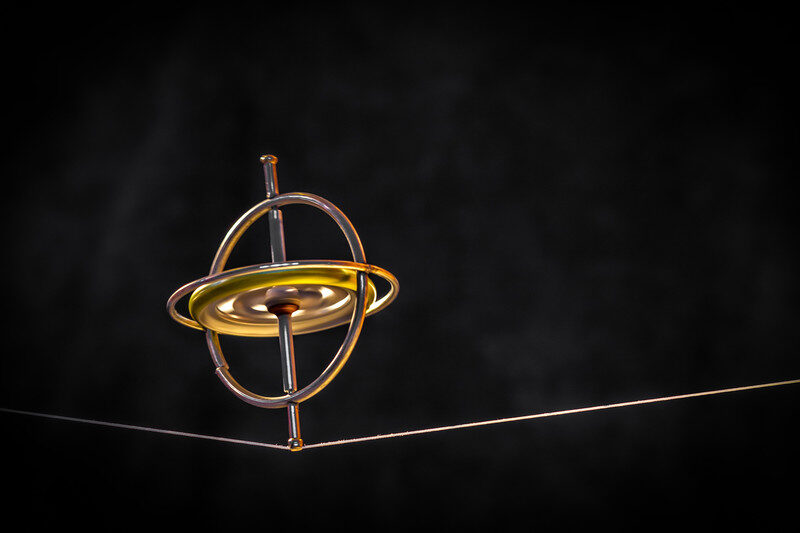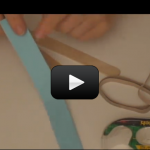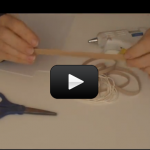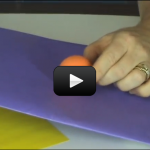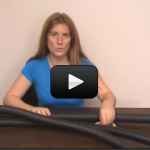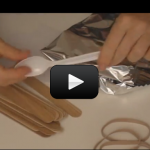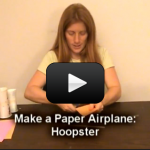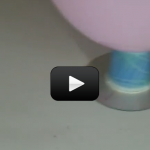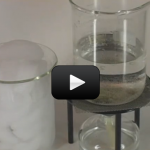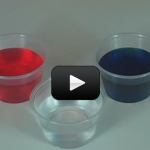Getting Started with Physics
Drop a ball, roll it down the driveway, bounce it to the ceiling... all of these are fascinating to a child in the Preschool years!
You don't need much in terms of equipment for doing real science with kids at this age. In fact, the most important thing you can do with your child is to get them to two important things:
First, teach them to get curious about the world around them and help them ask questions about what they observe. Kids that spend more time outside and with real materials (not watching a screen) are able to learn this skill much more easily.
Next, help them to discover new ways of answering their own questions. Ask them things like: "Did it go too fast? How can we slow it down?" will elicit their own ideas for solving their own problems.
